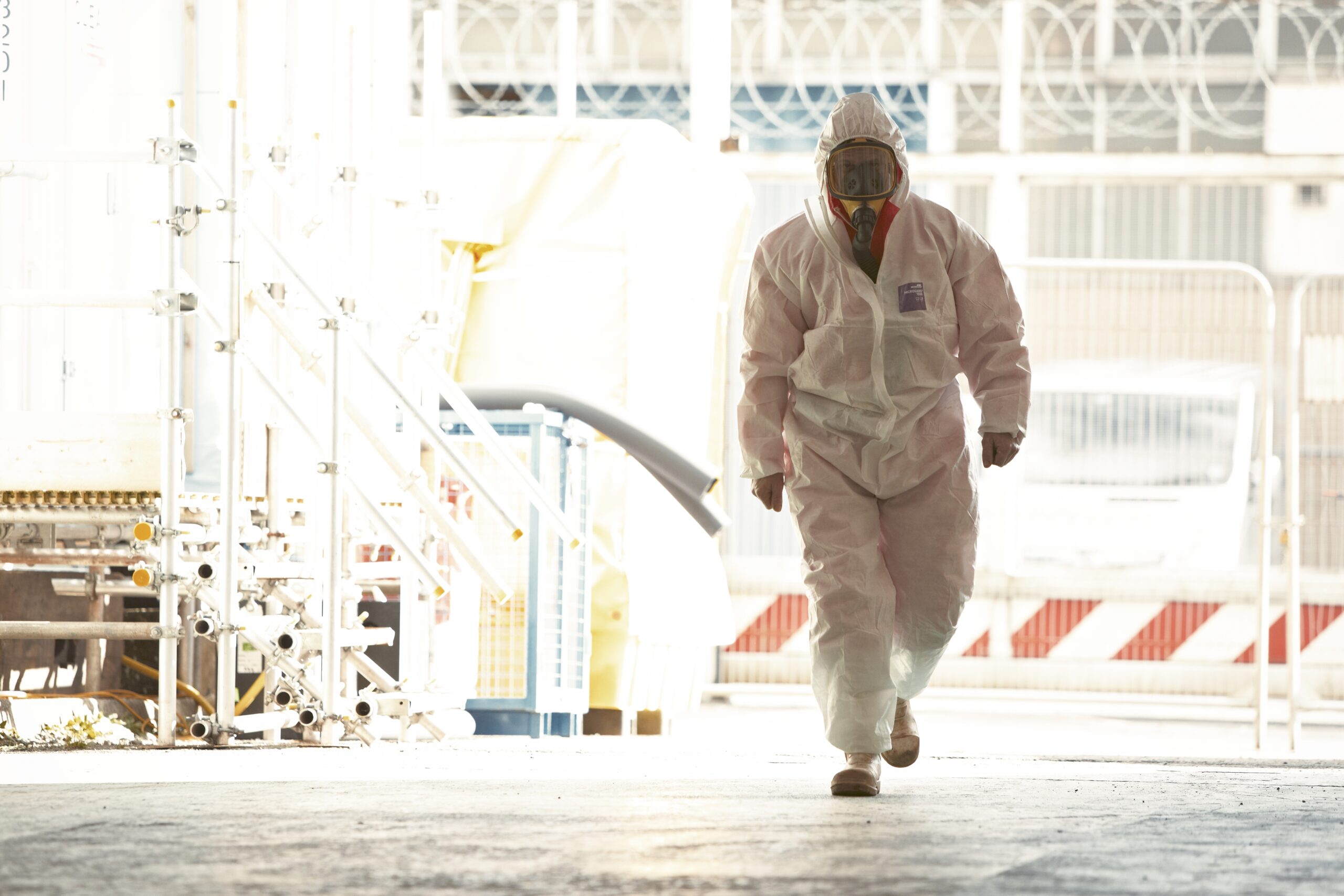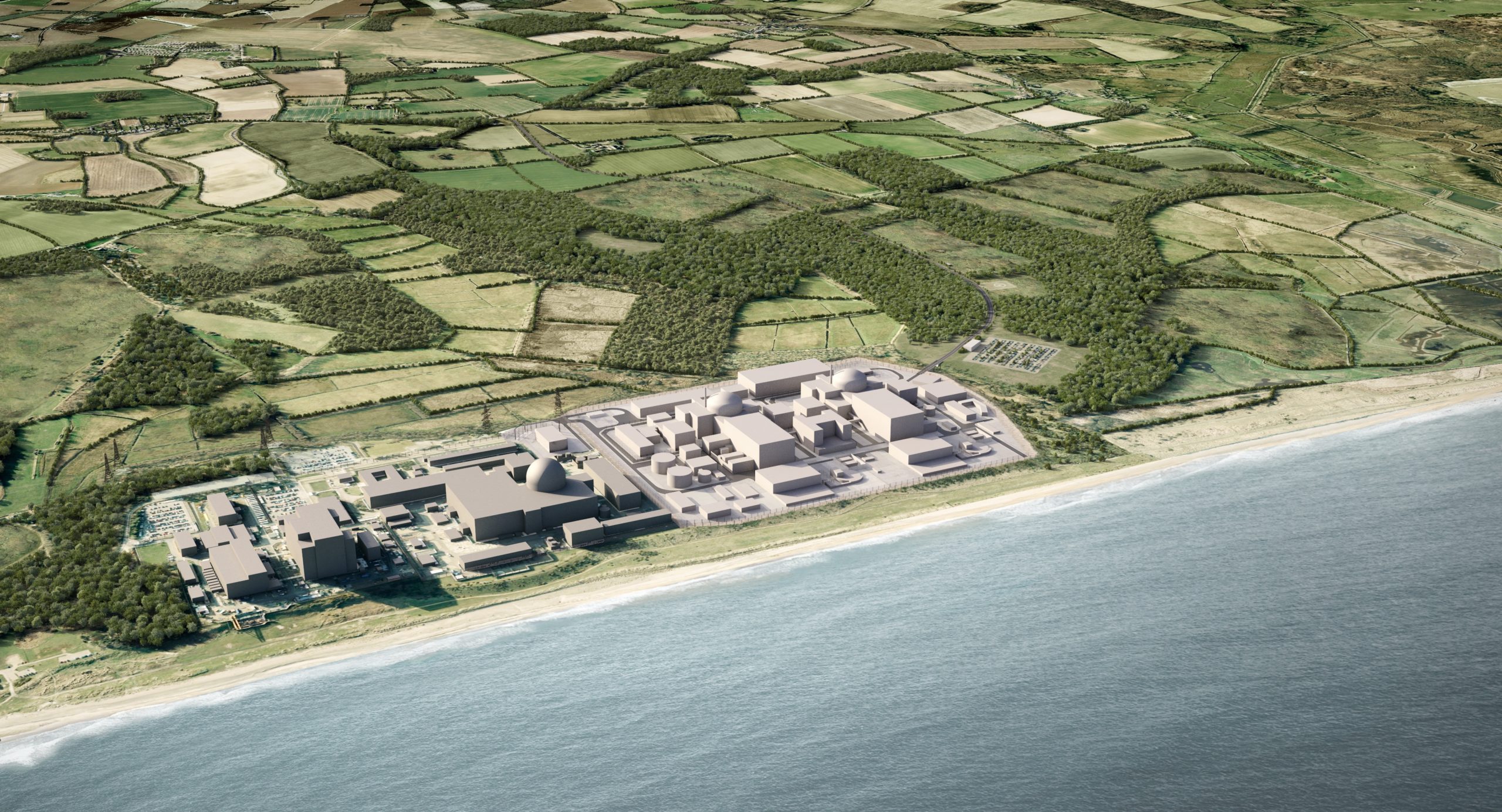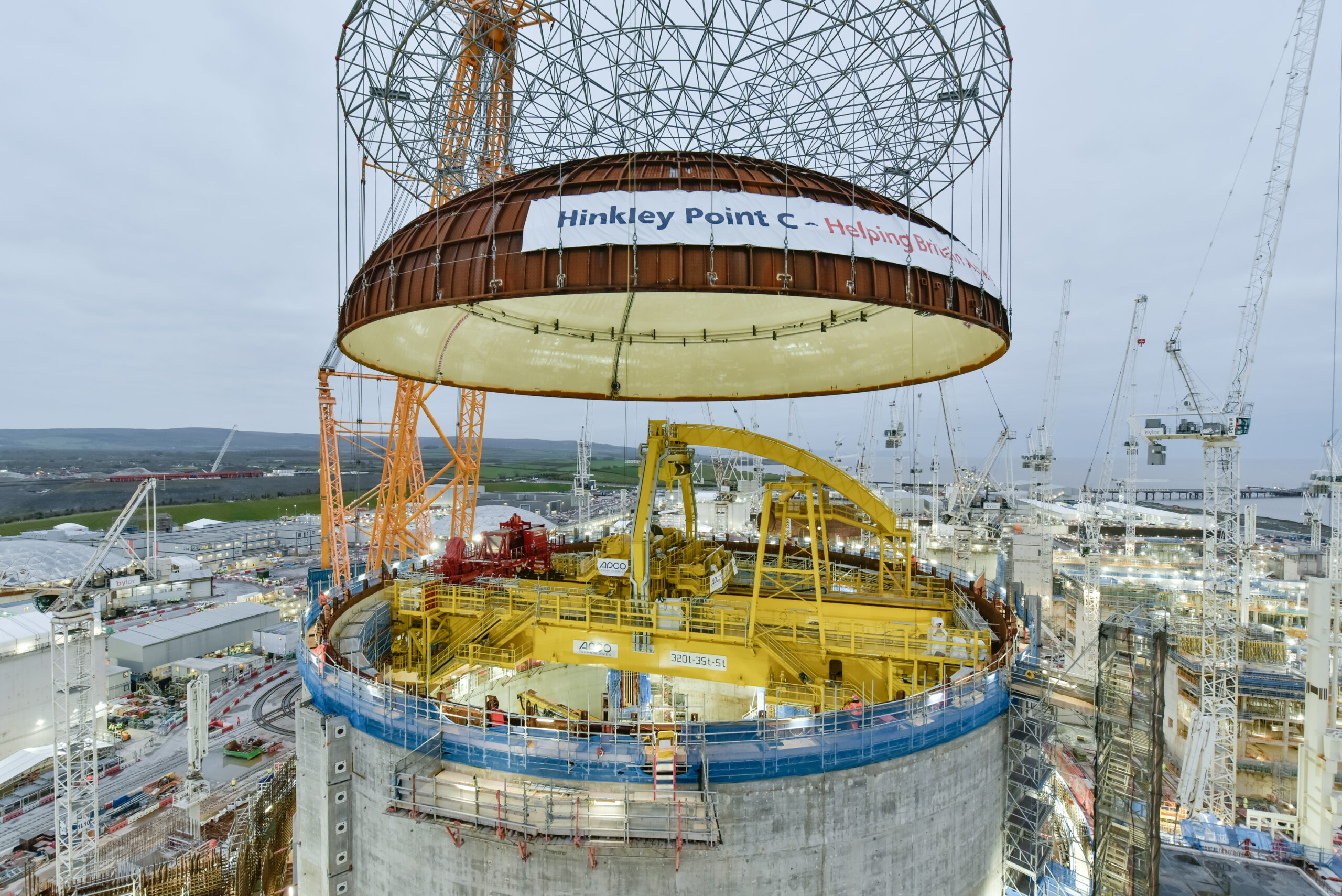Nuclear leading clean generator during crisis as fossil fuels create record system costs
New nuclear is the only reliable, low-carbon and British form of power generation that can stabilise the UK’s energy system over the long-term. No other single technology can match these combination of characteristics, but the UK has not taken decisions to renew its nuclear capacity. The current crisis has shown that the UK’s reliance instead on gas and imports to complement renewable generation threatens the country’s ability to keep the lights on:
The UK has imported an all-time record amount of power this summer, but a fire on a French interconnector eliminated 2 GW of supply, underlining the insecurity of this source.
Record gas prices combined with disrupted imports pushed electricity prices to a record £2,500/MWh on the day-ahead market, which will lead to higher consumer bills in the autumn.
Over the last fortnight, the cost of matching supply and demand was more than £150 million, according to LCP Energy, an all-time record.
Throughout the current crisis, the UK’s nuclear power stations have produced more clean electricity than any other source throughout September, according to Nuclear Industry Association analysis of National Grid half-hourly data. Although they are amongst the oldest low-carbon assets in Britain, the nuclear stations have provided a valuable source of grid stability.
Output from the current fleet, however, will fall 75% on current levels by 2030, as all but one of the generating stations retire. Without new investment, the UK’s energy crisis will worsen further, with clean power output falling even as demand surges.
Tom Greatrex, Chief Executive of the Nuclear Industry Association, said:
“The UK’s energy system cannot survive the net zero transition without new nuclear. The current crisis will become the new normal without nuclear to provide the backbone of clean, reliable, British electricity we so desperately need. It’s time for the Government to bring forward a financing model for new nuclear so we can end our damaging reliance on foreign gas and foreign power.”
ENDS
Notes to Editors
- Daily balancing costs are available from LCP Energy at https://twitter.com/lcpenergy? lang=en and further information on spot prices at https://thecurrent.lcp.uk.com/
- Day-ahead auction prices are also available from Nordpool: https://www.nordpoolgroup.com/ Market-data1/GB/Auction- prices/UK/monthly/?view=table
- The UK has seven generating nuclear power stations, of which Hunterston B, Hinkley Point B, Heysham I and Hartlepool nuclear power stations are all scheduled to retire by the end of March 2024, representing more than 4 GW of nominal generating capacity. Hunterston and Hinkley Point B will be in defuelling by mid-2022.
- Of the existing fleet, only the Pressurised Water Reactor at Sizewell B, with 1.2 GW of capacity, is scheduled to be operational after 2030.
- Nuclear is the second most important source of clean power in the UK currently, after wind.
About the Nuclear Industry Association
As the trade association for the civil nuclear industry in the UK, the Nuclear Industry Association represents more than 250 companies across the UK’s nuclear supply chain.
Links
Follow the NIA on Twitter @NIAUK and LinkedIn
For further information, please contact:
Lincoln Hill, Director of Policy and External Affairs
[email protected]
07554701533











